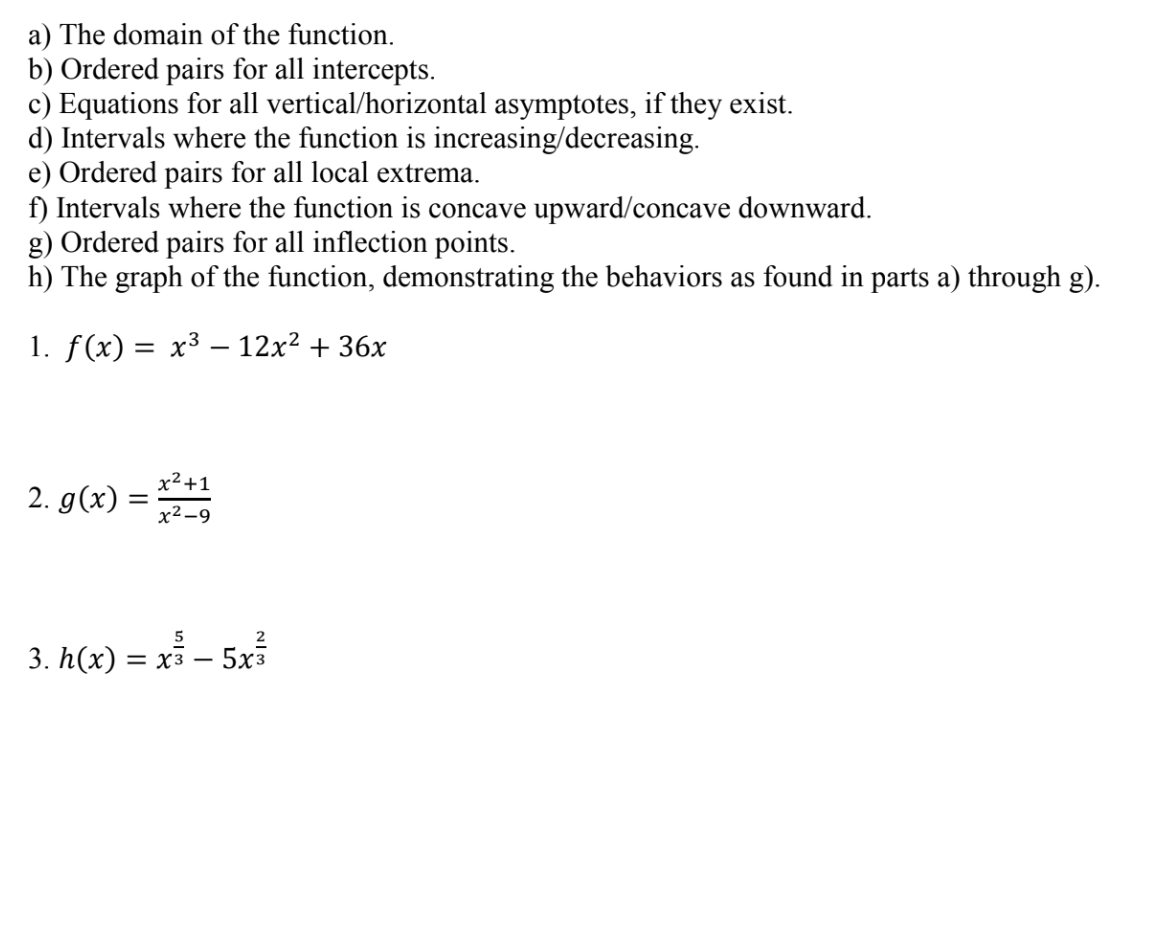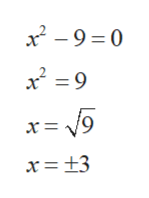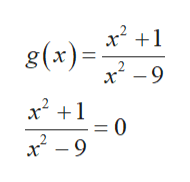a) The domain of the function. b) Ordered pairs for all intercepts. c) Equations for all vertical/horizontal asymptotes, if they exist d) Intervals where the function is increasing/decreasing e) Ordered pairs for all local extrema ft) Intervals where the function is concave upward/concave downward g) Ordered pairs for all inflection points. h) The graph of the function, demonstrating the behaviors as found in parts a) through g) I. f(x)-x3-12x2 + 3 6X 2 x2-9 5 2 3. h(x) -xs - 5x3
Equations and Inequations
Equations and inequalities describe the relationship between two mathematical expressions.
Linear Functions
A linear function can just be a constant, or it can be the constant multiplied with the variable like x or y. If the variables are of the form, x2, x1/2 or y2 it is not linear. The exponent over the variables should always be 1.
Solve #2

Hey, since there are multiple subparts posted, we will answer first 3 questions. If you want any specific question to be answered then please submit that question only or specify the question number in your message.
a)
The given function is g(x) = (x2 + 1) / (x2 - 9).
Simplify the equation x2 – 9 =0 as follows.

Clearly, the function g(x) is not defined at the points x = 3 and x = -3.
Hence, the domain of the function g(x) is the set of all real numbers except the number 3 and -3.
b)
Obtain the x-intercepts of g(x) by plugging g(x) = 0 as follows.

Trending now
This is a popular solution!
Step by step
Solved in 8 steps with 4 images


